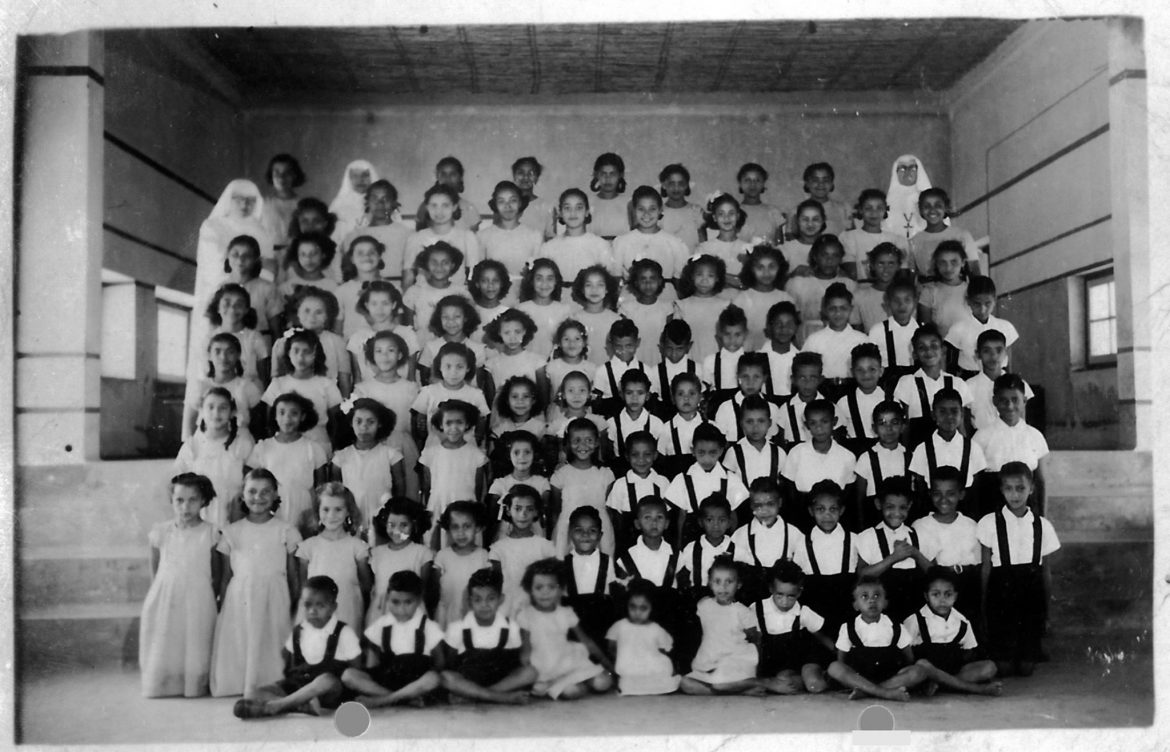In Ireland, Lifting a Veil of Prejudice Against Mixed-Race ChildrenPosted in Articles, Europe, Family/Parenting, Media Archive, Religion, Social Work on 2021-01-17 03:24Z by Steven |
In Ireland, Lifting a Veil of Prejudice Against Mixed-Race Children
The New York Times
2021-01-15
 Jess Kavanagh says she always knew that her mother, Liz, was adopted. “It was obvious,” she said. “My grandparents were white and my mam was Black.” Paulo Nunes dos Santos for The New York Times |
The singer Jess Kavanagh is working to raise awareness about the experiences of mixed-race Irish people, particularly those born in the country’s infamous mother and baby homes.
While helping her mother work merchandise tables at some of Dublin’s most respected venues, Jess Kavanagh first got a taste for the music scene. When she started doing gigs herself — a petite singer with a belter of a voice — people would come up after to tell her she sounded “like a Black person,” the last words half whispered.
They were assuming she was white.
Ms. Kavanagh, a rising solo star in Ireland after years touring with acts like Hozier and the Waterboys, had to form what she calls a “linguistic arsenal” to express her experience as a mixed-race Irish woman. What drives her to speak out is a legacy of silence. As the daughter of a Black Irish woman who was born in one of Ireland’s infamous mother and baby homes, she is raising awareness about how those institutions hid away generations of mixed-race Irish children.
More than five years ago, reports that children were interred in a sewage system at a mother and baby institution in Tuam, in western Ireland, compelled the Irish government to open an investigation into the institutions, where unmarried women and girls who became pregnant were sent. They were run by religious orders.
The final report, published on Tuesday, confirmed that of the 57,000 children born in Ireland’s 18 homes over several decades starting in 1920, around 9,000 died…
Read the entire article here.





